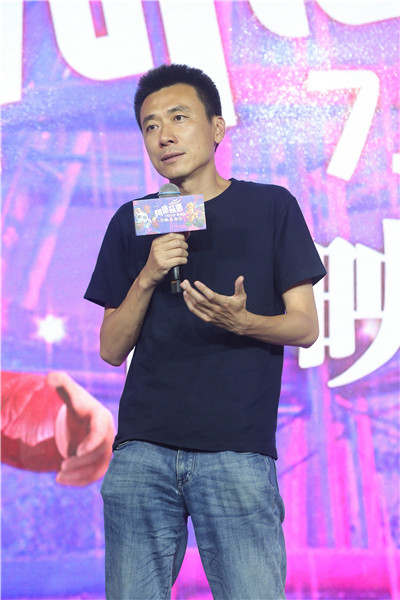 |
|
Gary Wang. [Photo provided to China Daily] |
There, A Tang, the protagonist figure, teams up with a robot to embark on an adventure with the hope of changing their destiny.
More than 160 animators worked for around five years on the Tea Pets project.
Some of them even visited Dehua county in Fujian province and Yixing city in Jiangsu province-two places known for pottery-to learn about "tea pets".
Speaking about the challenges they faced, Yu says: "The most difficult part was to make the 'pets' look like ceramics and then bring them to life. We worked for nine months to develop a new software to create this special effect."
Despite the buzz created by Tea Pets, most domestic animated titles have been overshadowed by Hollywood or Japanese hits since the late 1990s.
Speaking about this phenomenon, Yu says that most domestic titles are aimed at young audiences.
He believes Tea Pets is a good way to draw adults to watch such films.
Wang says Chinese animated works were once loved by locals, specially in the 1960s and 1970s.
"They were typical Chinese tales," says Wang, adding that Chinese animators should focus more on producing quality works with Chinese roots.
He says that Tea Pets cost 85 million yuan ($6.76 million), merely one-tenth of what a Disney title with similar computer-generated imagery would need.
Also, to better polish the storytelling, Tea Pets held test screenings and adjusted the content based on audience feedback.
Wang, who is the founder of China's first video-sharing site Tudou, says animation gives him more freedom to build a dream world.
His next feature-length movie is called Mao Yu Taohuayuan (Cats and Paradise).
It's about a cat and his son living in a city.